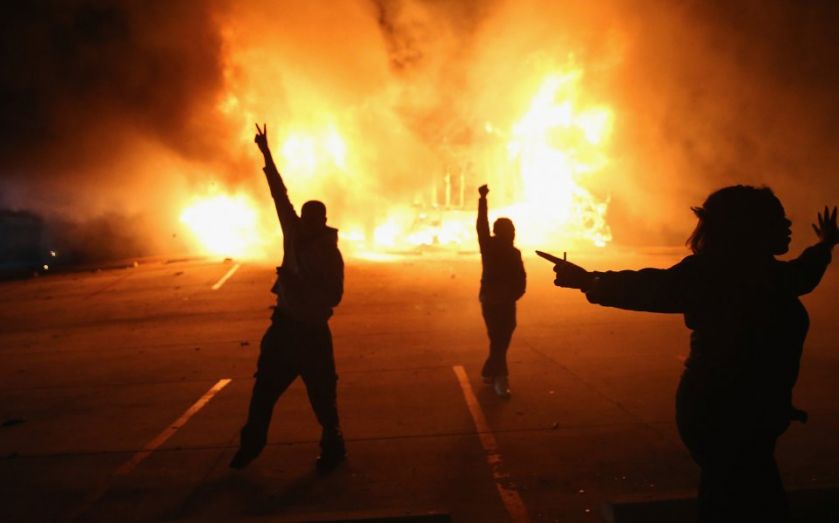The Ferguson riots: Economics and bias in the United States justice system

THE RIOTS in Ferguson, Missouri continue to dominate headlines around the world. Even the brutal dictatorship of North Korea has got in on the act, accusing the United States of being a “human rights tundra”. The disturbances follow a grand jury decision not to indict a police officer for the fatal shooting of a black teenager, allegedly because of racial bias.
Liberal opinion everywhere appears to regard the US judicial system as irredeemably racially-biased. Amnesty International, for example, has said that “African Americans are disproportionately represented among people condemned to death in the USA. While they make up 12 per cent of the national population, they account for more than 40 per cent of the country’s current death row inmates, and one in three of those executed since 1977.”
These are certainly shocking statistics, but it’s important to note that simple declarations such as this are not sufficient evidence to prove bias. Unfortunately, for example, violent crime rates are higher among some ethnic minorities than among whites. So the former will be convicted more frequently than the latter.
To better understand what is going on, we can turn to a sophisticated analysis of the decisions of courts in the US, published in the latest issue of the American Economic Review. Alberto Alesina of Harvard and Eliana La Ferrara of the Universita Bocconi in Milan examine sentences of capital punishment for evidence either that minorities convicted of murder are more likely to be sentenced to death or, importantly, that such punishment is more likely if the victim is white.
They use a very neat approach, which takes advantage of the appeal system in the US. Capital sentences imposed by the initial court are automatically appealed, first to the state court and then, if they are upheld, in a federal habeas corpus petition. If the initial court is unbiased, Alesina and La Ferrara argue, the reversal rate of sentences by the upper courts should be the same, regardless of the race of the accused or the victim.
The overall finding is that there is evidence consistent with racial prejudice. The lower courts do give more death sentences, which are then reversed, in cases which involve a minority defendant killing white victims. The reversal rates are 3 per cent higher for minority defendants at the first level of appeal than they are for whites, and 9 per cent at the highest level. These are not dramatic, but they do indicate some bias exists. The authors carry out extensive checks to make sure that their results are valid. An interesting one is that it does not matter whether the judge in the higher court has a Democrat or Republican background.
The most intriguing aspect is that the bias is entirely confined to the Southern states of the US. Cultural attitudes can be remarkably persistent. It is 150 years since Americans fought each other over slavery, but the echo of the differences can still be heard today. In the rest of the US, however, justice is indeed blind.
